Federal Reserve Governor Christopher Waller said Monday that interest rate cuts remain a viable possibility later in 2025, even as new trade tariffs from the Trump administration temporarily raise inflation.
Speaking at a central banking conference in Seoul, Waller outlined a scenario in which inflationary effects from trade barriers prove short-lived, allowing the Fed to ease monetary policy without jeopardizing its 2% inflation target.
While acknowledging that recent import taxes are likely to push up consumer prices in the short term, Waller expressed confidence that this inflation would not be as persistent as the surge seen during the early 2020s. He pointed to a less overheated labor market and a reduction in pandemic-era government stimulus as reasons the current economic backdrop differs.
“Assuming that the effective tariff rate settles close to my lower tariff scenario, that underlying inflation continues to make progress to our 2% goal, and that the labor market remains solid, I would be supporting ‘good news’ rate cuts later this year,” Waller said, referencing a scenario where tariffs average around 10%.
The Fed has maintained its benchmark interest rate in a range of 4.25% to 4.5% so far in 2025, following a series of cuts in late 2024 prompted by softening labor market conditions. Inflation has since cooled, coming in at 2.1% over the past 12 months, and unemployment has held steady at 4.2% through April. However, a wave of new and frequently shifting tariffs announced by President Donald Trump has complicated the central bank’s outlook.
Waller emphasized that the inflationary impact of tariffs will likely be concentrated in the second half of 2025, and that the resulting price pressures may not justify further delays in rate cuts. He noted that much of the rise in inflation from tariffs could be a one-time effect, particularly if the levies are more moderate and subject to future negotiation.
He did, however, caution that considerable uncertainty remains. In an earlier speech, Waller had laid out two potential scenarios: one involving a broad 25% tariff on imports that stays in place, and a second involving a 10% tariff with eventual reductions. Based on recent developments in trade talks, Waller now estimates an effective tariff rate around 15%, landing between the two.
Waller also addressed concerns about inflation expectations, downplaying a recent spike in consumer surveys. He said he places more trust in market-based indicators and forecasts from professional economists, which suggest inflation expectations remain anchored.
Despite Waller’s relatively dovish stance, most Fed officials have recently taken a more cautious “wait-and-see” approach, citing uncertainty around the economic impact of trade policy. Many prefer to delay any further rate moves until more data become available.
Waller’s remarks come amid political pressure from President Trump, who has urged the Fed to cut rates and reportedly criticized Chair Jerome Powell in a recent private meeting. While Trump has since softened rhetoric about replacing Powell, he is expected to nominate a new Fed chair in 2026.
In his Seoul speech, Waller reiterated that any decision to cut rates must be grounded in economic fundamentals, not political dynamics. He noted that the Fed has time to observe how both inflation and employment trends evolve before adjusting policy further.
“There are still downside risks to growth and employment, and upside risks to inflation, particularly in the second half of the year,” Waller said. “But how those risks materialize will depend heavily on how trade policy unfolds.”
For now, markets are expecting the Fed to hold rates steady at its upcoming June 17–18 meeting, with the possibility of a rate cut later in the year if economic conditions permit.
The Wall Street Journal, Bloomberg, Market Watch, and Reuters contribution.
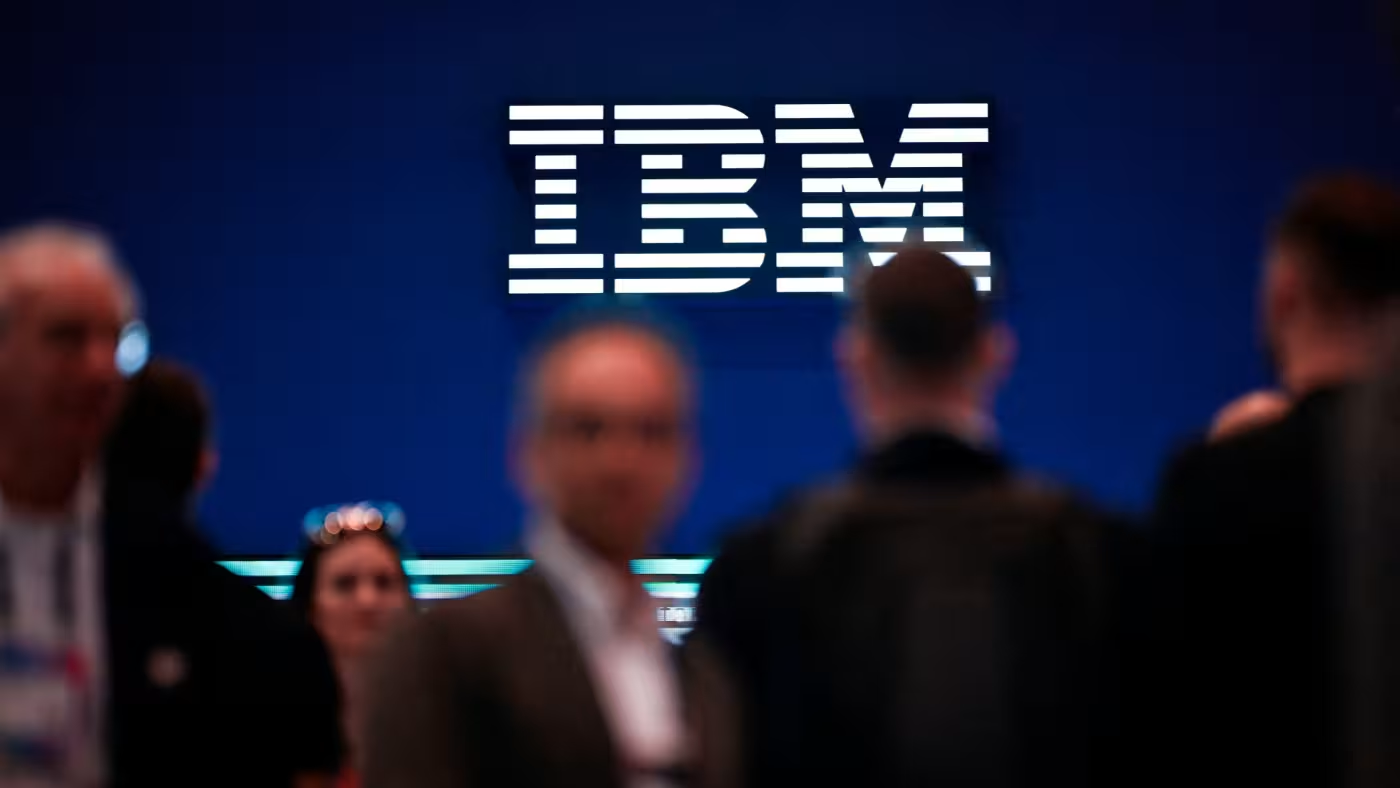
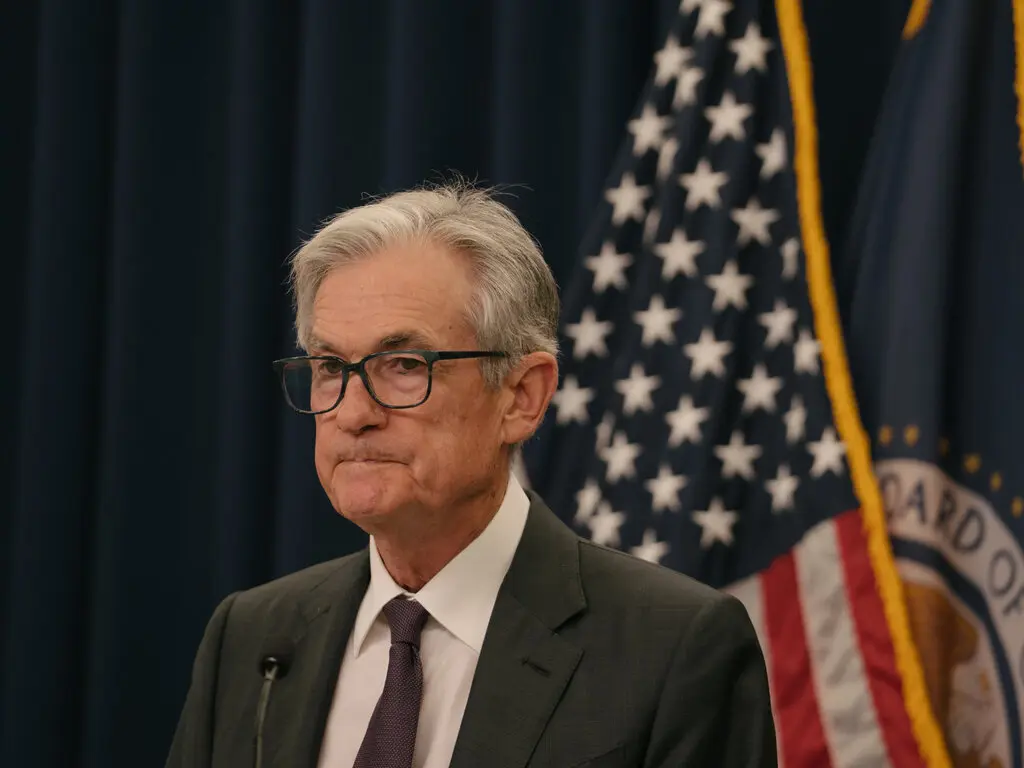

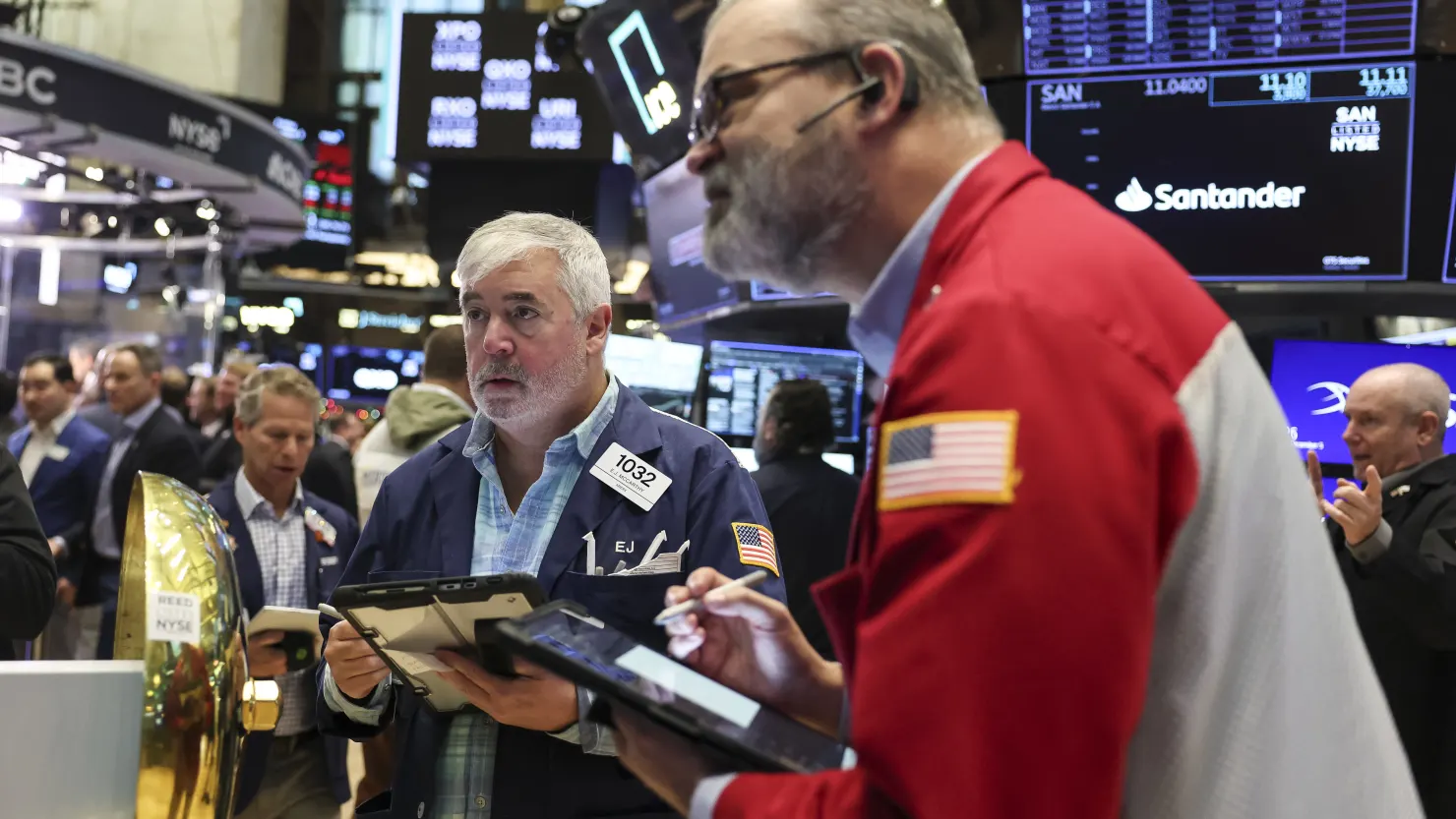

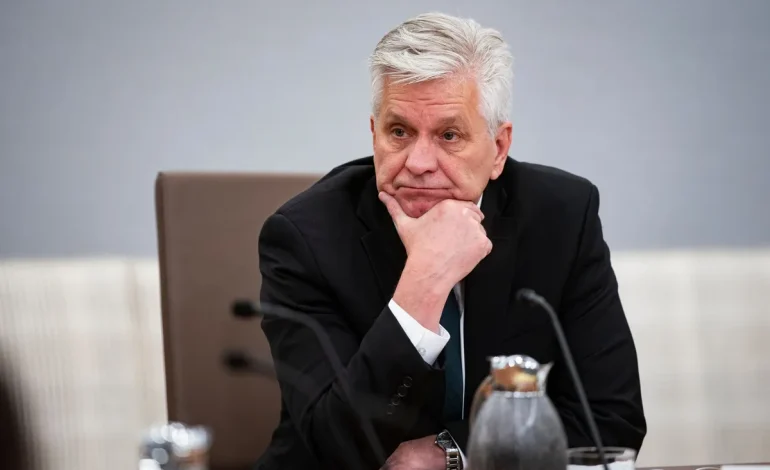



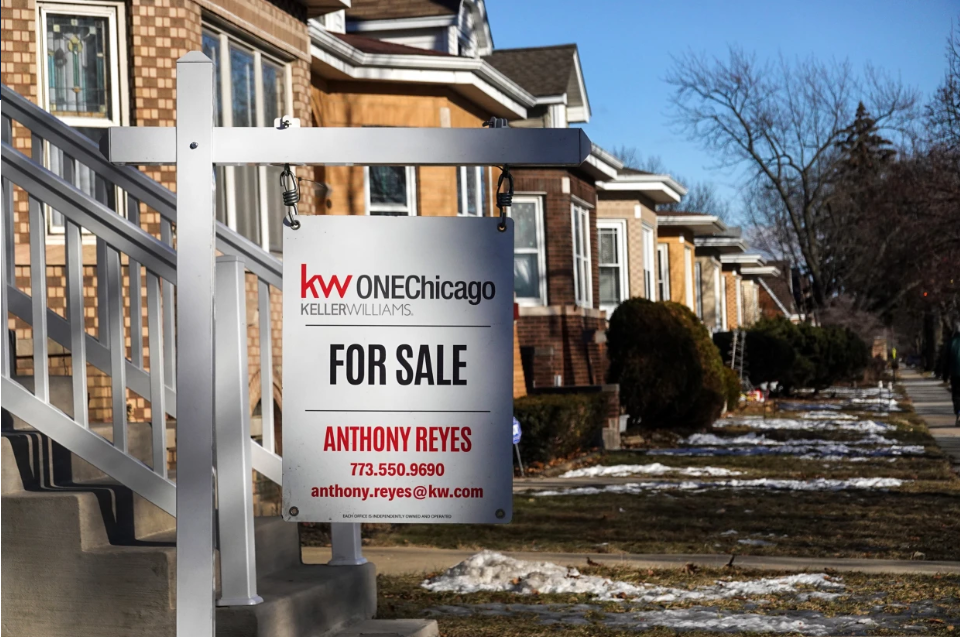
The latest news in your social feeds
Subscribe to our social media platforms to stay tuned